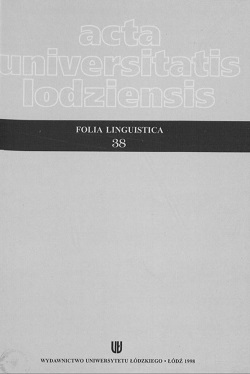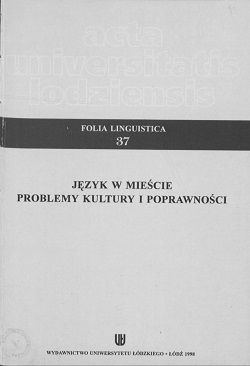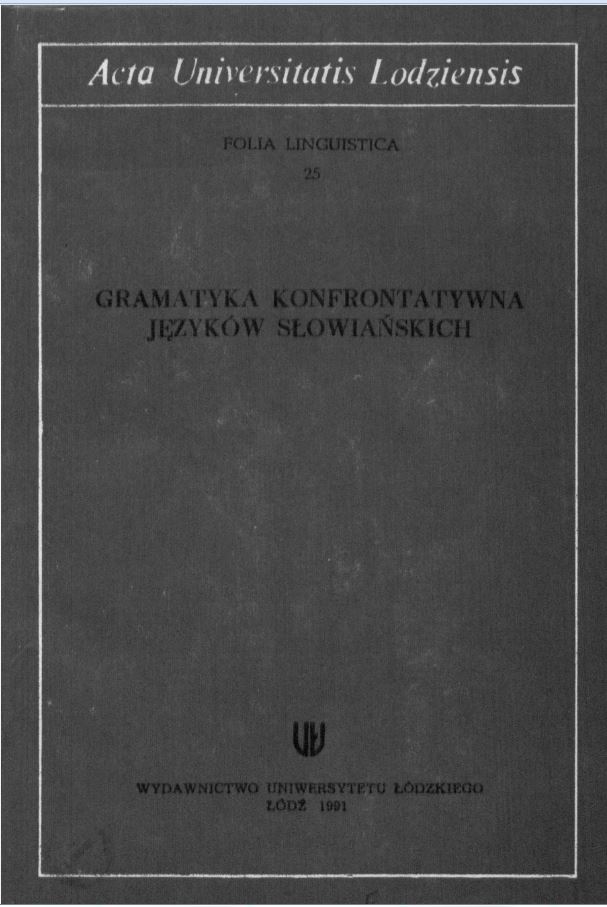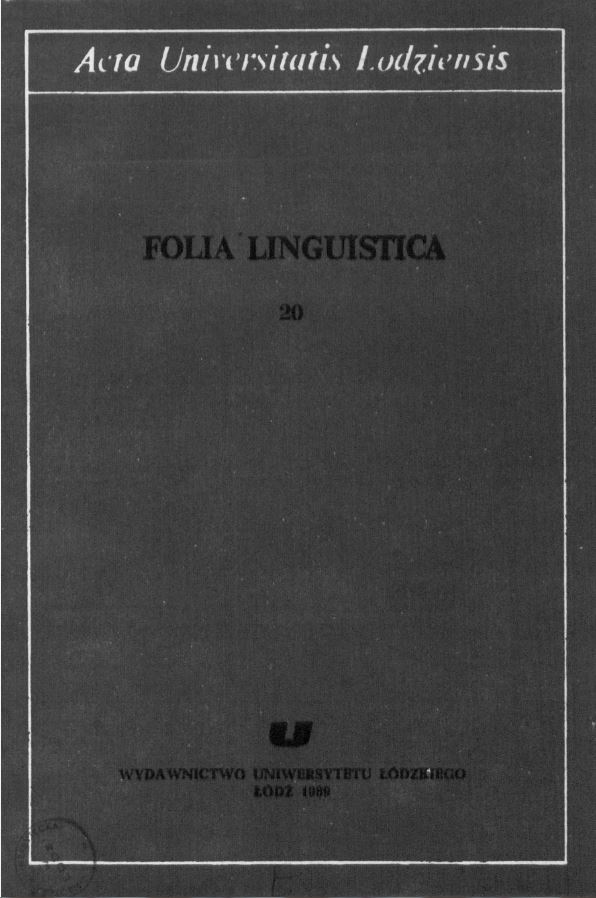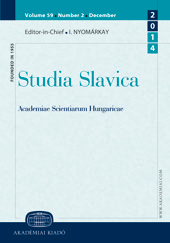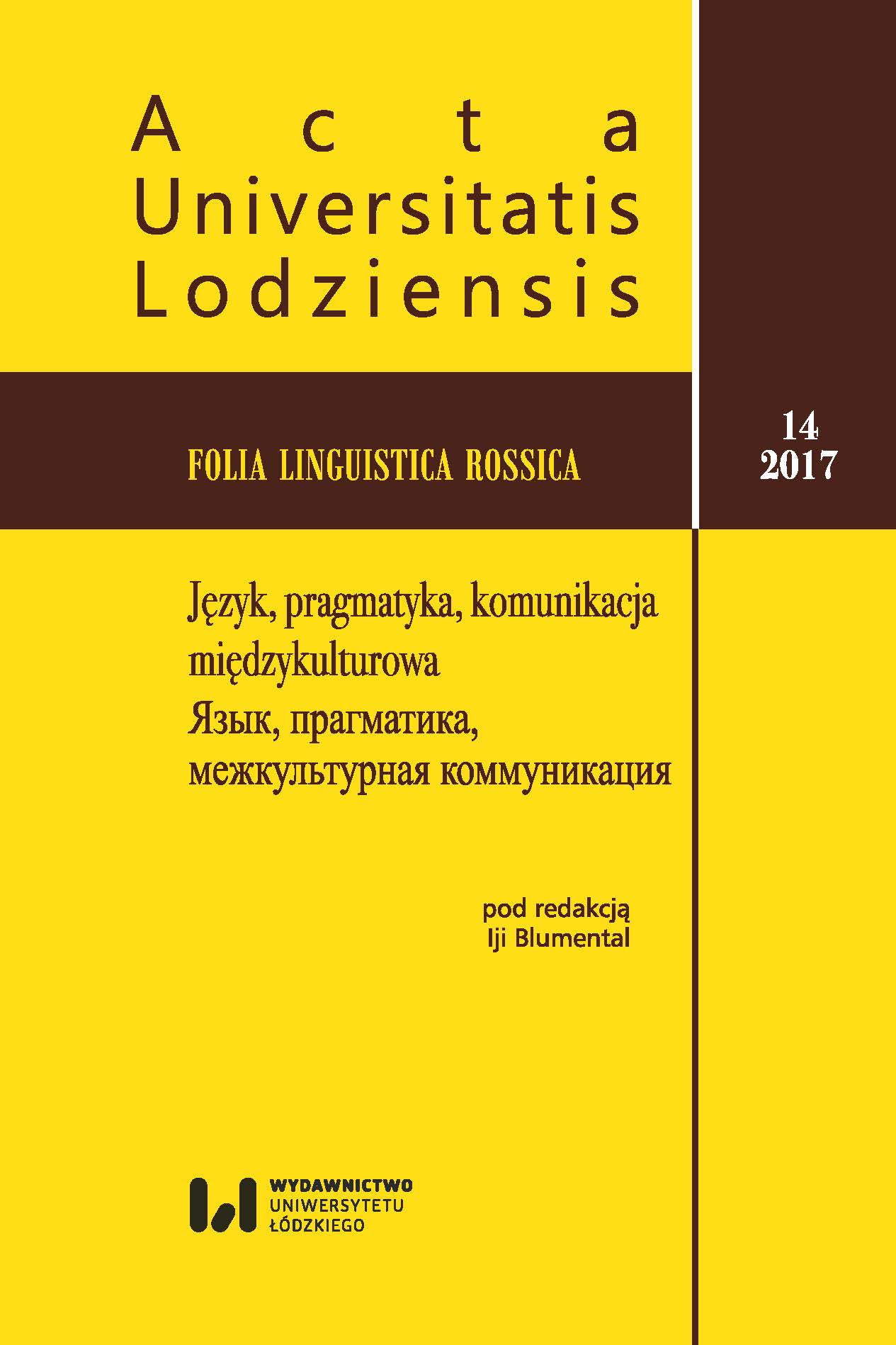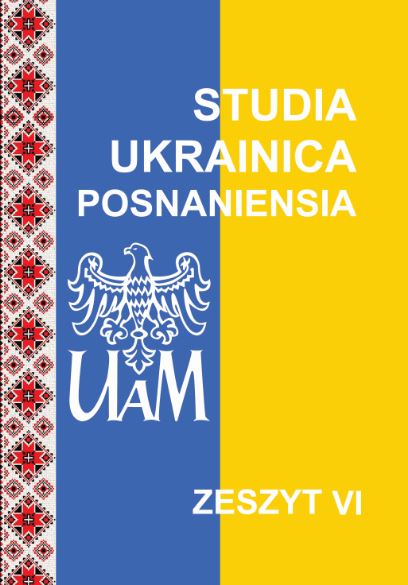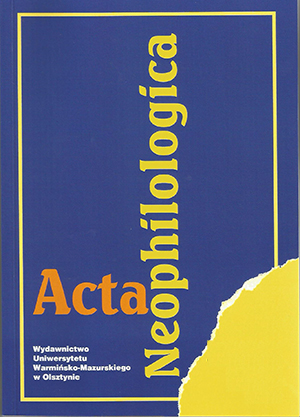Author(s): Henadž Cychun / Language(s): Polish
Issue: 38/1999
Трасянка (первичное значение „смесь сена и соломы для корма скота”) - речевой продукт, возникший в результате механического смешения в разных пропорциях элементов материи и формы (в смысле В. фон Гумбольдта) двух языков, в условиях Беларуси - русского и белорусского. Как и всякое креолизованное образование первоначально использовался для поддержания коммуникации в условиях ограниченных контактов между коренным белорусскоязычным населением, с одной стороны, и русскоязычным административно-партийным чиновничеством, имевшим более высокий общественный статус, с другой стороны. В дальнейшем сфера использования трасянки расширилась, особенно в городских аггломерациях, где она встречается в трудовых коллективах и даже в семье. Обеспечивает достаточно высокий уровень языковой интеграции за счёт упрощения („примитивизации”) структур контактирующих языков, чем и объясняется её ущербный характер в глазах, людей, владеющих двумя (или одной) „чистыми” языковыми системами. Характеризуется малой предсказуемостью появления в речи тех или иных элементов каждого из языков, что зависит от степени ассимиляции говорящих и конкретных условий коммуникации. Включает ряд маркировочных элементов (типа да, вот, именно, эта, как и под.), которые, по мысли говорящих, должны свидетельствовать о том, что разговор ведётся на русском языке. Как явление сугубо индивидуальное возникает, как правило, в результате усвоения русского языка т. наз. прямым методом людьми, воспитанными в одноязычной белорусской среде, чаще всего в связи с переселением в город или повышением общественного статуса. Недостаточное владение вторичной языковой системой нередко сопровождается явлением, называемым американскими лингвистами „self-hatred”, т. е. презрением и ненавистью к родному языку. При этом может происходить разрушение первичной языковой системы, в результате чего становится невозможным или крайне затруднительным речепроизводство на белорусском языке. В связи с этим трасята не может трактоваться как продукт, принадлежащий одной из языковых систем, а должна рассматриваться как особый межъязыковой феномен. В 30-е годы были попытки кодификации в качестве литературной нормы некоторых особенностей трасянки (Я. Волк-Леванович). Как трасянка иногда квалифицируются тексты или высказывания на белорусском языке, насыщенные русизмами (С. Дубавец). Есть попытки трактовать в качестве предшественника трасянки макаронические (белорусско-польские и белорусско-латинские) или конфессиональные (белорусско-церковнославянские) тексты (В. Свяжинский).
More...

